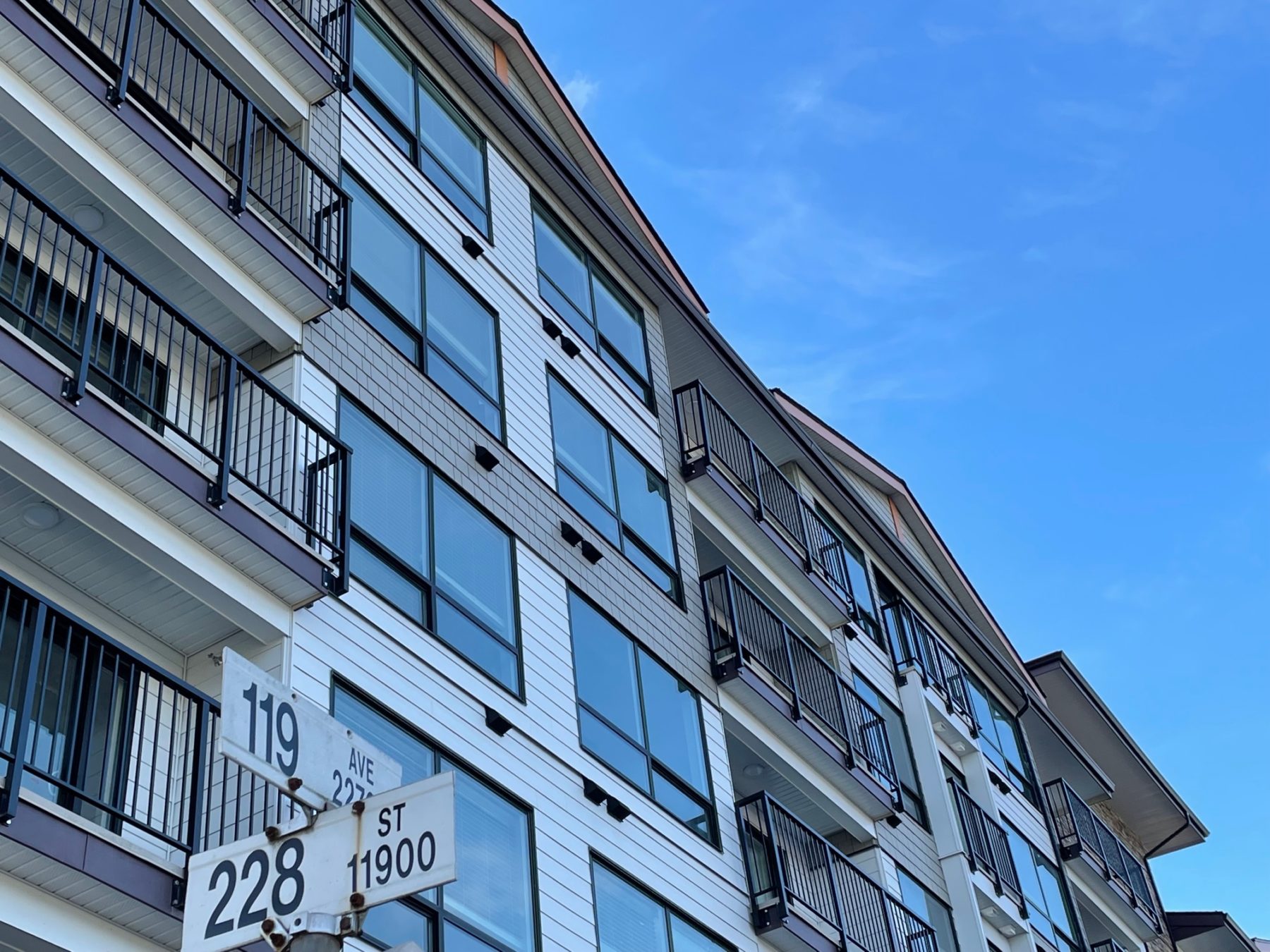Possible Threat of Injury or Death
- Fire or Explosion
- Hazardous Material Spill
- Bomb Threat
- Suspicious Item Found
- Vehicle Accident / Emergency
Fire or Explosion
If there is a fire or an explosion in the building, it is expected that clients, personnel, volunteers and visitors will evacuate immediately. Do not place yourself or clients at risk by attempting to fight the fire.
WHEN IN DOUBT, GET OUT!
Procedure:
• Immediately begin yelling fire. Find another person and follow the fire drill procedures.
• Reception will intercom “Fire, please evacuate” to all building phones.
• If safe, eliminate the power source if an applicable is on fire. Only fight a small fire with a fire extinguisher, if you are with someone, and only if it is not between you and your escape route.
• Evacuate everyone from the building calmly but briskly via the nearest exit route. Close all doors behind you. Do not put yourself or clients in danger. If safe to do so, take the First Aid Kit and sign in/out photo.
• If caught in smoke, drop to your hands and knees and crawl; try to hold your breath as much as possible and breathe through clothing to filter the smoke.
• If escaping from a closed door, check heat before opening. Use the top of your hand to feel the top of the door, the doorknobs, and the crack between the door and the door frame before you open it. Never use the palm of your hands or the tips of your fingers to test for heat.
• If forced to advance through flames, cover your head and keep your eyes closed, hold your breath, and move quickly through the flames.
• If trapped in a room, place a cloth material under the doorway to prevent smoke from entering. Retreat, closing as many doors as you can between you and the fire. Signal from a window but avoid breaking the glass unless absolutely necessary, as this may bring smoke from outside into your room.
• If a client, personnel, volunteer or visitor’s clothing catches on fire, do not allow him or her to run. Try to smother the fire by wrapping the person in heavy fabric (coat, rug, curtain, etc.) and rolling the person on the ground. If the fabric is not available, roll the person on the ground unwrapped and get medical assistance.
• Meet at the muster station – keep the group together. Do not leave the area until instructed to do so by the Executive Director or designate.
• Call 911 from next door or use a cell phone.
• Account for all clients, personnel, volunteers and visitors and report to Fire Department upon their arrival.
• Once safely out of the building, do not re-enter until authorized by fire/safety officials.
• Follow EMERGENCY NOTIFICATION TREE procedures to contact MRPMCS personnel.
• MRPMCS Senior Leadership Team will organize immediate assistance and make arrangements for alternate accommodations.
Hazardous Material Spill
Hazardous Material Spill Emergency Contact Number: 1-800-663-3456
Many hazardous materials do not have a taste or odor. Some materials can be detected because they cause physical reactions such as watering eyes or nausea.
Inside of the Facility
The first priority is the safety of clients, personnel, volunteers and visitors.
The location quantity, concentration and other factors affect how a spill should be handled. Unless you are familiar with the material, its health risks and specific cleanup procedures, do not try to clean up the spill.
• Do not walk or touch any of the spilled substance
• Ensure everyone is removed from the area. When leaving, attempt to close doors and windows (if access is safe) in order to contain the material.
• Determine the name of the chemical if possible.
• Notify 911, providing specific details of the spill including:
o Exact location,
o What chemical was spilled,
o How much was spilled.
• Check the persons exposed to the spilled product for adverse medical conditions ie. Shortness of breath or headache and report to emergency personnel.
• Prevent access to the spill area.
• Await/follow instructions from the Executive Director or the Fire Department.
• Keep telephone lines clear.
• Assist in calming clients and visitors required.
Outside of the Facility
A hazardous material spill may also occur outside the building and/or in the vicinity of the agency. Dependent upon the situation and risks to clients, personnel, volunteers and visitors, the implementation of the agency’s specific plans for evacuation to another site may be necessary to secure the building and detain both clients and personnel until it is safe to make an exit.
• The agency will be notified by the Fire Department and/or other emergency response organization that a hazardous spill has occurred near the agency.
• Obtain the following information:
o Name and telephone number of persons calling,
o Location of emergency,
o Nature of emergency (ie. Leak, explosion, spill, fire, derailment, etc.)
o Actions to be taken by the agency personnel
• Inform the Executive Director or another Senior Leadership Team Member. They will inform all agency personnel of the actuation and instruct them with directions from the Fire Department.
• Keep telephone lines clear.
• Assist in calming clients and visitors as required.
• Listen to the radio and social media for “Shelter-in-place” announcements.
• If instructed to do so, seek in place sheltering;
o Close windows and doors and seal cracks with towels, blankets, or tape.
o Move clients and personnel to protected areas such as hallways away from exposed windows and doors.
o If possible, shut off all exhaust fans.
Bomb Threat
A bomb threat can be written, recorded, or communicated verbally. Most bomb threats however are delivered by telephone. The call recipient must remember to do many things, all of which will aid in the search for the device and provide authorities with as much information as possible for their later investigation.
Remain CALM and LISTEN carefully. Try to keep the caller ON THE LINE FOR AS LONG AS POSSIBLE.
• Immediately get the attention of someone else and have them call 911 or hit your personal panic alarm button. DO NOT USE MOBILE TELEPHONE OR TWO-WAY RADIO as it could affect an armed device.
• Never transfer the call to someone else unless the caller requests to do so.
• Listen politely. Avoid interrupting the caller.
• Write down the time of the call.
• Write down the time the call was terminated. DO NOT HANG UP. Leave the receiver off the hook.
• Write down the exact words of the caller if possible.
Questions to ask
• What time is the bomb set to explode?
• Where is the bomb located? Floor? Area?
• Is it open? Concealed? Disguised?
• What kind of bomb is it?
• What does it look like?
• Why was the agency/program targeted?
• How did it get to the agency?
Description of the caller
Is the caller…
Male or Female?
Calm?
Frightened?
Young?
Middle-aged?
Old?
• Does the caller speak with an accent? What type?
• Does the caller use slang expressions? If so, what type?
• Does the caller sound educated?
• Is there background noise? What does it sound like?
• Note any other clues.
After the bomb threat has been made
• Evacuate the building meeting at the muster station.
• Call 911 if not already alerted.
• Follow all instruction given by RCMP.
• Follow the EMERGENCY NOTIFICATION TREE to contact MRPMCS personnel.
Suspicious Item Found
Bombs could be disguised in packages delivered or found.
• Take note of the time when the object is found.
• Do not touch it. Do not cover it. Do not move it. Do not disturb it in any way.
• Evacuate the building immediately.
• Call 911. Do not use cell phones or two way radios.
• Follow all instructions given by RCMP.
• Follow the EMERGENCY NOTIFICATION TREE to contact MRPMCS personnel.
Vehicle Accident / Emergency
MRPMCS provides transportation to many of the clients it supports in either privately owned or organization operated vehicles.
Procedure if in a vehicle accident:
• Remain at the scene.
• Secure your vehicle in a safe position, turning off the ignition, and ensuring that your hazard lights are on.
• Use first aid and arrange from medical assistance if necessary.
• In case of injury call 911.
• Evaluate the need for evacuation. If you need to evacuate, move clients to a safe location away from the vehicle.
• If available, protect the area with emergency warning devices (flares, lights).
• At the scene, do not discuss the accident with any onlookers or speculate about what happened. Never accept or place blame.
• Exchange names, driver’s license numbers, registration numbers, take photos of damage, vehicle descriptions and license plate numbers with person involved. Record a brief description of the damage. Collect any witness’ names and phone numbers.
• Inform Program Supervisor/Manager, follow up with appropriate medical care if needed, then complete necessary agency documents.
• Follow the EMERGENCY NOTIFICATION TREE to contact MRPMCS personnel.
• Contact ICBC at 604-520-8222


